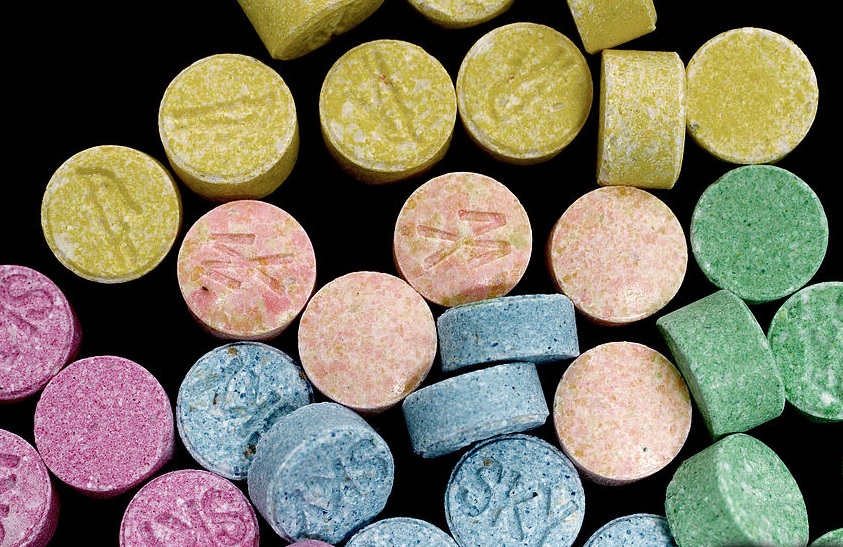
Earlier this month, I wrote in The Strategist that despite law enforcement’s operational successes in terms of the number and weight of drug seizures, little progress is being made in reducing the supply. The article painted a rather bleak picture of what isn’t working. Since then I’ve been asked by a number of people, ‘What is working?’
There seems to be more than enough empirical evidence that our overarching strategy for reducing the illicit drug supply is failing. If you read the many opinion pieces on the subject (see here, here and here for examples), you could easily conclude that there have been no successes. However, real successes are frequently overlooked or undermined, often because they’re inconvenient for the many advocates of decriminalisation (see here and here).
Forty years ago some 100,000 hectares of farmland in Thailand was being used to cultivate opium. By 2007, the country was declared opium-free by the UN Office on Drugs and Crime. This was made possible by the Thai King Bhumibol Adulyadej, who in 1969 established the Royal Project, which provided alternative livelihoods for those involved in growing and refining opium. The ambitious project was underpinned by rigorous research on alternative crops. The Thai government and international partners then developed critical infrastructure that gave farmers growing new crops access to markets.
To be sure, we can’t take that example as a cookie-cutter solution to opium production or the production of synthetic drugs. There were many factors, not present in other jurisdictions, that contributed to the Royal Project’s success. But we can take heart that some measures, especially those deeply rooted in community development, result in improved security conditions and reduced drug production.
During the 1990s, Australia faced a heroin epidemic that hit all levels of society, claiming the lives of an alarming number of teenagers and young adults. In 1997, the Australian government brought law enforcement, health and education policymakers together to develop an integrated drug strategy involving supply reduction, demand reduction and harm minimisation.
The AFP formed multidisciplinary (investigations, intelligence and forensics) ‘Avian’ strike teams to disrupt the importation of heroin. By early 2001, Australia had experienced a sudden and substantial reduction in heroin availability. While it’s not clear exactly why or how it worked, there’s at least some evidence that law enforcement had an effect on the heroin supply.
In May 2001, the New South Wales government established Australia’s first medically supervised injecting centre, and in its first six years of operation it managed 2,106 overdose-related events without any fatalities.
By most measures, Australia’s overarching drug strategy worked to halt the heroin epidemic. Again, these successes need to be understood in the context of the conditions of the day. Reducing the heroin supply was easier then than it is today because the market was dominated by a small number of key importers. It’s also certain that the injecting centres didn’t just minimise harm but saved many lives.
In April 2018, the ACT government and the AFP agreed to conduct a pill-testing trial at the Groovin the Moo music festival. On the day of the festival, 85 substances were tested on behalf of attendees. Two of the samples were found to contain highly toxic chemicals. The AFP agreed not to target people who used the testing service; instead, officers went after those selling and trafficking drugs, resulting in one arrest. Again, by most measures, this was a success.
My point here is that nations can be effective at illicit drug supply reduction and harm minimisation, and perhaps even demand reduction. Success requires an integrated and agile strategy that is bounded by a clear mission or scope. The approaches mentioned above met those criteria and were also underpinned by empirical evidence. The officials involved were also realistic about what could be achieved.
As I said earlier this month, ‘the high rate of seizures is masking the failure of … law enforcement strategies’. Any success in reducing supply and demand and minimising harm will be fleeting if governments don’t start engaging more closely with the real complexity of today’s illicit drug market.

